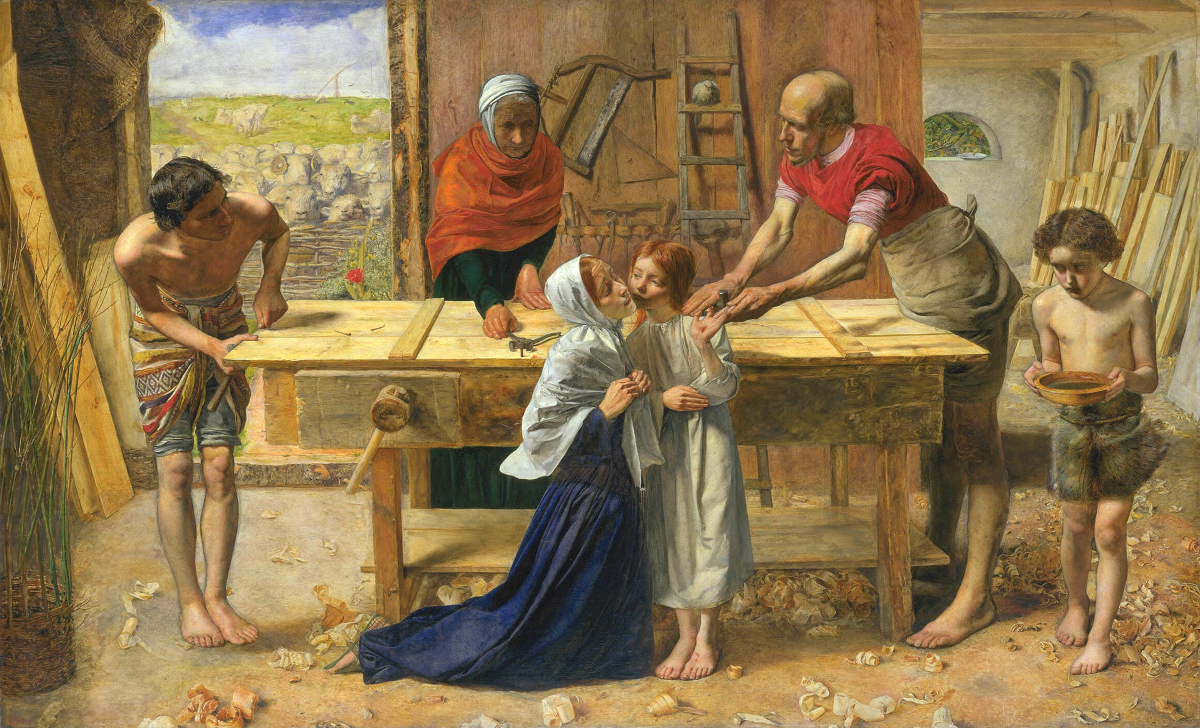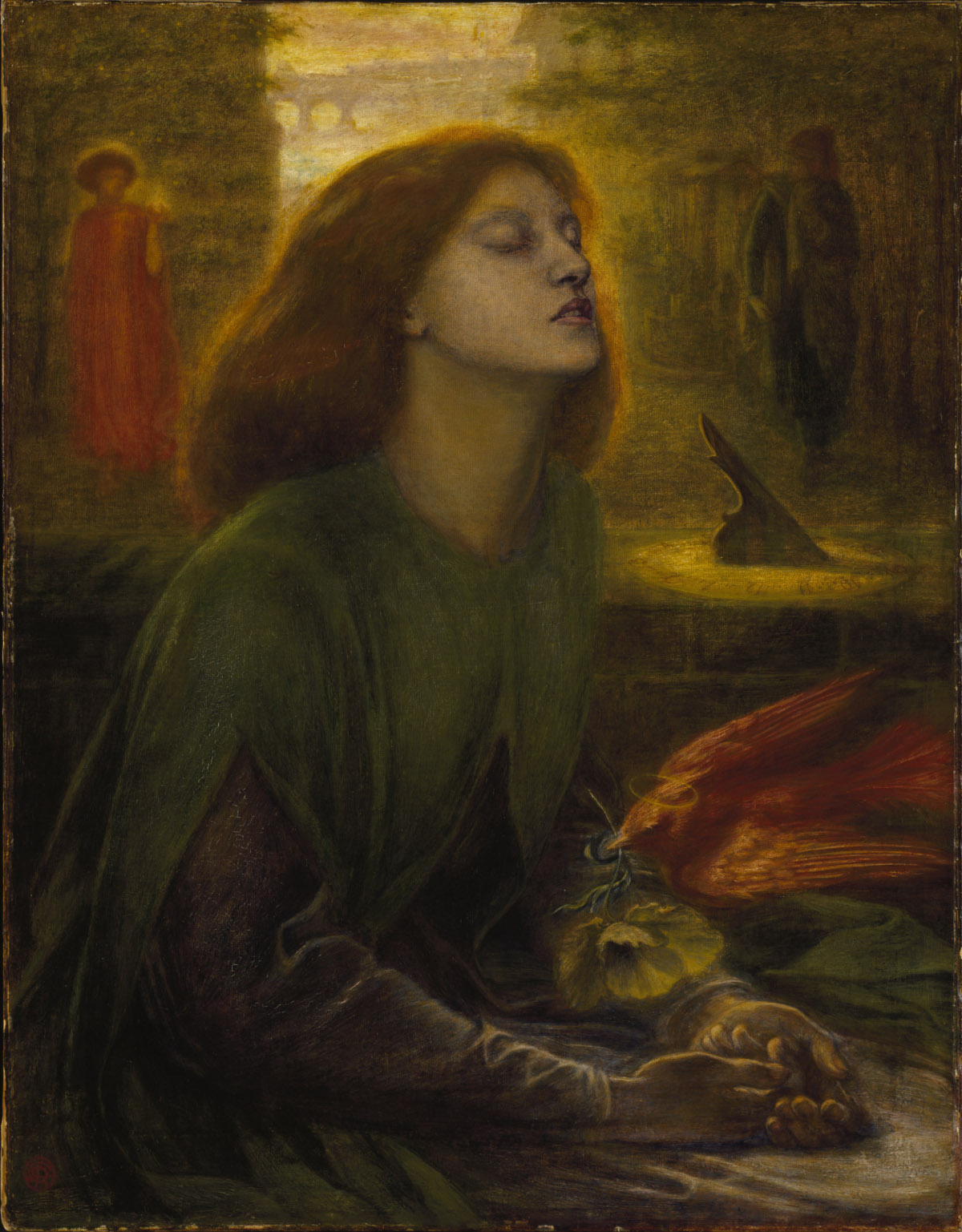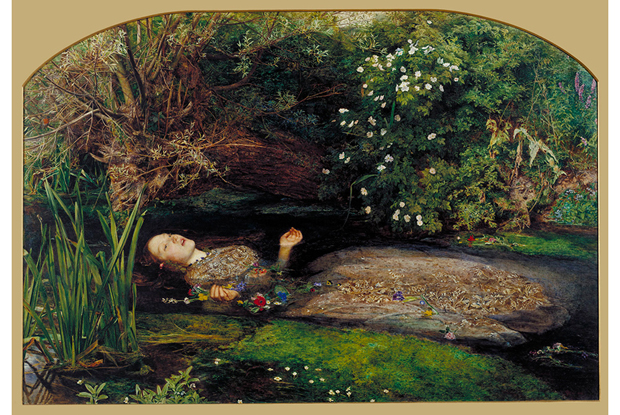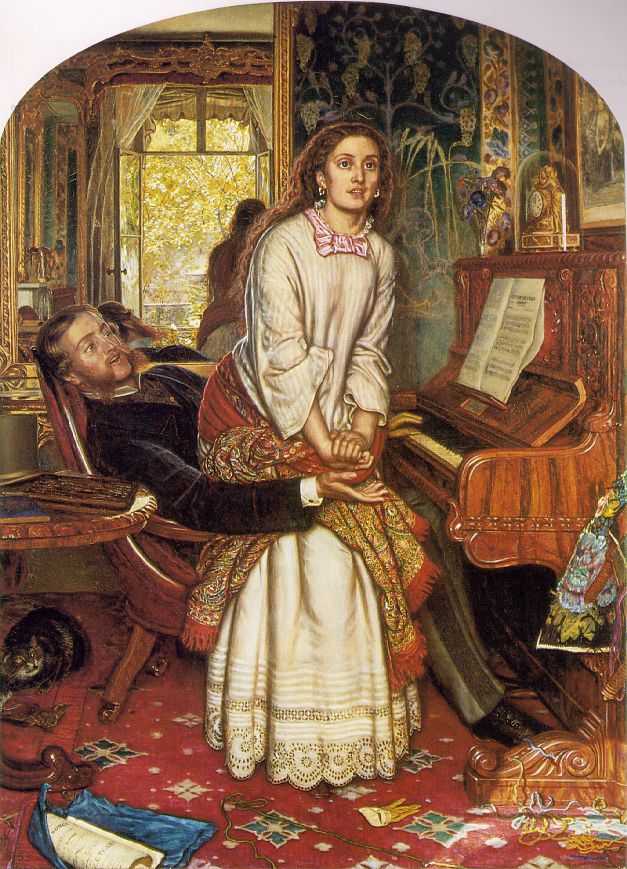
A Movement in a Moment: The Pre-Raphaelites
On Dante Gabriel Rossetti’s birthday, we look back at the original band of revolting London art students
It sounds like an entirely contemporary tale: a group of feisty young London art students meet at the house of one of their parents one Friday, band together and overthrow the established order. Yet one of the key figures within this particular movement, Dante Gabriel Rossetti, was actually born 189 years ago today, on 12 May 1828.
A little over two decades later, on Friday, 8 September 1848, the 20-year-old Rossetti met with fellow Royal Academy students William Holman Hunt and John Everett Millais at Millais’ parents house, 7 Gower St in central London, to found a revolutionary, and initially secretive, though now world-famous artistic movement, The Pre-Raphaelite Brotherhood.

“They were dismayed at what they perceived as the stale and mediocre paintings that resulted from Royal Academy teaching,” we explain in our book Art in Time, “and they preached reform and moral truth through their paintings. Rejecting work produced after Raphael [hence their name], they adopted instead the restrained manner of certain of the Italian Quattrocento painters of the fifteenth century, such as Sandro Botticelli, as well as the minute detail of the fifteenth-century Flemish painters. They advocated an unquestionable truthfulness and morality arising from meticulous craftsmanship and the acute observation of nature, along with a romantic nostalgia for medieval honesty.
“The Pre-Raphaelites were not without their detractors,” Art in Time explains. “Charles Dickens, for instance, lambasted Millais’ Christ in the House of His Parents, which pictures the holy family as ordinary people. The young Christ, having just injured his hand on a nail, appears in a meticulously observed carpenter’s shop; Millais used a carpenter as the model for Joseph’s arms, while the head is based on that of his own father. Sheep’s heads from a butcher were used to depict the flock looking in at the left. However, the emphasis on realism to which Dickens objected did not obviate the use of symbolism – the ladder and dove at the rear of the shop, John the Baptist bringing bowl of water, the tool poised above a nail, the wound in Christ’s hand and the blood droplet on his foot, along with the sheep in the background and Mary’s kneeling ministrations, are all coded references to future events in Christ’s life.

”A similar use of symbolism is found in Hunt’s The Awakening Conscience. A young woman, rising from the lap of her lover, is identifiable as a kept woman by the presence of rings on all her fingers except her wedding finger, as well as by the print above the piano, which shows the Biblical story of the woman taken in adultery. The painting was a contemporary morality tale about the problem of lax sexual mores and prostitution. The man might abandon his companion as readily as the discarded glove in the foreground, leaving her with no alternative but the streets. John Ruskin, who published an apology on the work in The Times, spoke of the ‘fatal newness’ of the furnishings, and of the cat toying with the injured bird as a metaphorical statement of the relationship between the man and his mistress.

“The Pre-Raphaelite Brotherhood was short-lived, and by 1854 had essentially dissolved; nevertheless, its influence was profound. In addition to its impact on painters such as Ford Madox Brown, Simeon Solomon and Edward Burne-Jones, Rossetti’s images of flame-haired women in languid reveries influenced artists associated with the Aesthetic movement, while the societal reform preached by the group influenced William Morris’ ideas about the role of good design and the moral integrity of handicrafts.”
For greater insight into this movement consider these books; for a deeper dive into the work of one Pre-Raphaelite brother, buy our Millais book; and for more on this and many other art movements get Art In Time.